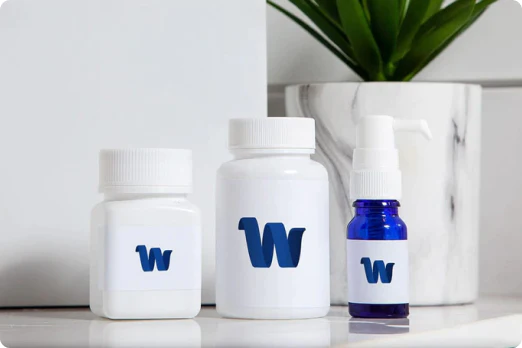
For those seeking a comprehensive guide to sublingual immunotherapy (SLIT), a cutting-edge treatment for allergies, this blog post will delve into the essentials, benefits, and process of SLIT, inspired by the innovative approach of services like Wyndly.
Understanding Sublingual Immunotherapy
Sublingual immunotherapy represents a paradigm shift in allergy treatment, focusing on long-term relief rather than just symptom management. It involves administering small doses of an allergen under the tongue to boost tolerance and reduce symptoms over time. Unlike traditional allergy shots, SLIT is non-invasive and can be administered at home, making it a convenient option for many.
The Science Behind SLIT
The principle behind SLIT is akin to a vaccine; by gradually exposing the immune system to the allergen, the body learns to tolerate it, reducing the severity of allergic reactions. This treatment has shown effectiveness against a variety of allergens, including pollen, dust mites, and pet dander.
The Wyndly Approach to SLIT
Wyndly‘s at-home allergy treatment program exemplifies the convenience and effectiveness of SLIT. Their process starts with an at-home allergy test to identify specific triggers. Following this, a personalized treatment plan is devised by a board-certified doctor, utilizing FDA-approved sublingual tablets or drops tailored to the patient’s allergy profile.
Benefits of SLIT
The benefits of SLIT extend beyond convenience. This treatment offers a long-term solution to allergies, aiming to diminish sensitivity to allergens rather than merely alleviating symptoms. Patients often report a significant reduction in allergy symptoms and, in some cases, complete remission. Furthermore, the ease of administering the treatment at home, coupled with ongoing medical support, enhances the appeal of SLIT.
What to Expect from SLIT
Patients considering SLIT should anticipate a commitment of several months to years, depending on the individual’s response to the treatment. The process is gradual, with the dosage of allergens carefully controlled to minimize adverse reactions. Regular follow-ups with healthcare providers are essential to monitor progress and adjust the treatment plan as needed.
Conclusion
Sublingual immunotherapy offers a promising avenue for those seeking a durable solution to allergies. Its non-invasive nature, combined with the convenience of at-home treatment, aligns well with modern healthcare trends towards patient-centered and accessible care. As allergy prevalence continues to rise globally, innovations like SLIT represent a significant step forward in allergy management, providing hope and relief for millions.
Remember, while SLIT holds great promise, it’s crucial to consult with a healthcare professional to determine if it’s the right option for you, considering your allergy profile and medical history.
